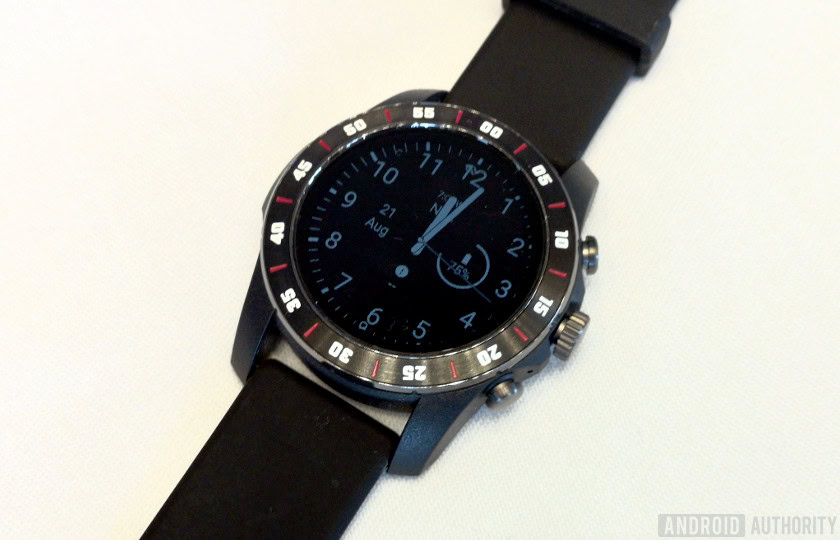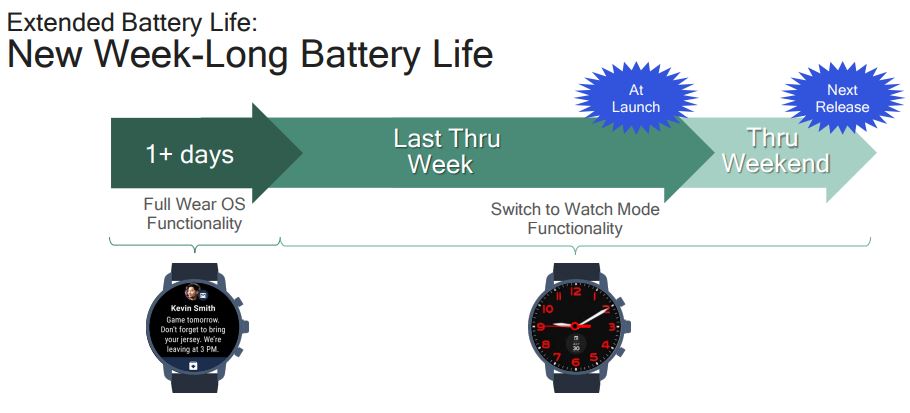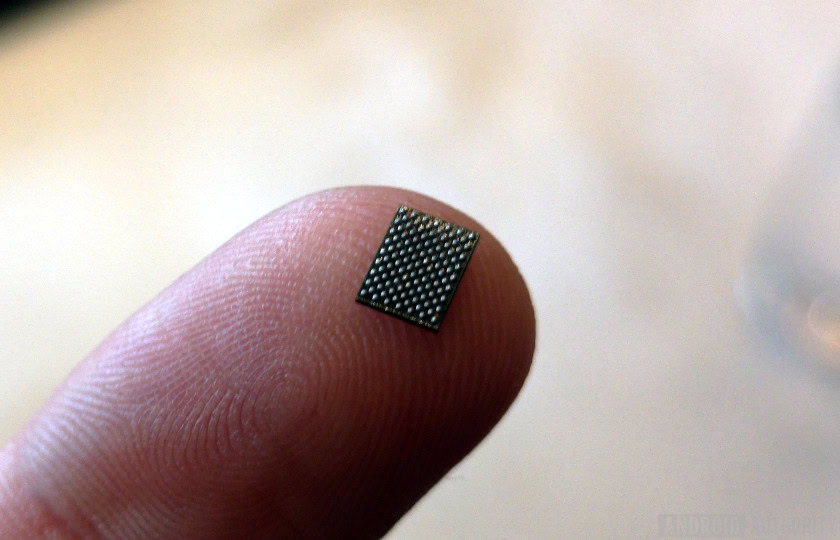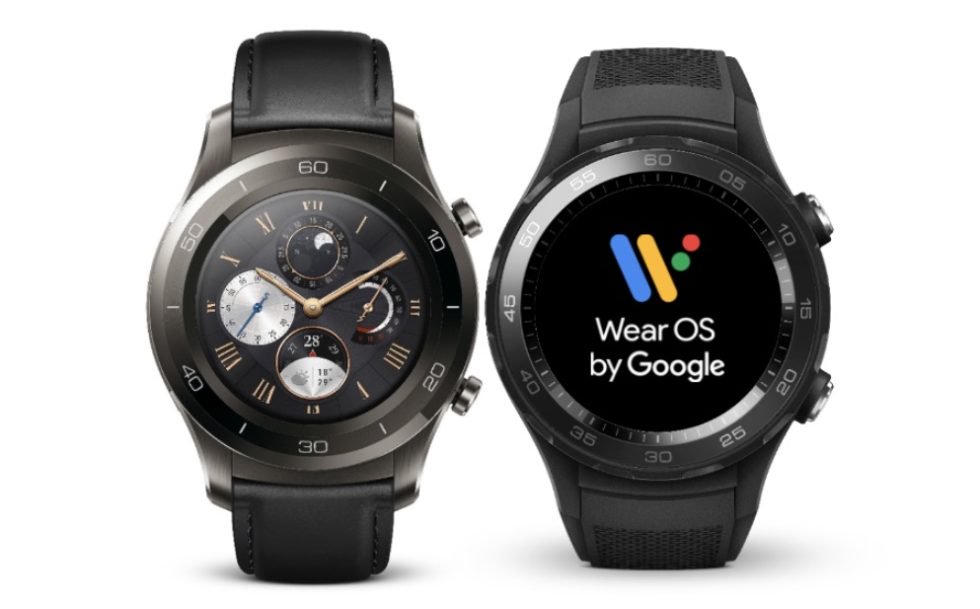Affiliate links on Android Authority may earn us a commission. Learn more.
Smartwatches can last all week with the Snapdragon Wear 3100, but there's a catch
Published onSeptember 10, 2018

- The Snapdragon Wear 3100 is Qualcomm’s new premium smartwatch platform.
- It includes a new low-power co-processor, the Qualcomm’s QCC1110.
- The platform boasts a 1.5-2.5 day typical battery life, while Traditional Watch Mode extends life up to a week.
Qualcomm unveiled its third-generation premium wearables platform today, the new Snapdragon Wear 3100. The platform replaces the Wear 2100 as Qualcomm’s high-end solution, joining the Wear 2500 kids watch platform as a major shot in the arm for the smartwatch market.
The headline feature is the introduction of Qualcomm’s new ultra-low power, always-on co-processor, the QCC1110, positioned alongside the main SoC. This co-processor can switch off the main processing package, greatly increasing your smartwatch’s battery life. We’ll take a deeper look at this in a minute, but the bottom line is that smartwatches could extend their battery life up to a week.

This new SoC uses the same 28nm process and quad-core Cortex-A7 CPU as Wear 2100 with a number of notable tweaks. These include a revamped DSP unit, new power management controller, NFC components from Qualcomm’s partner at NXP, and a host of power optimizations. The Snapdragon Wear 3100 boasts 67 percent less power consumption in low power mode, 49 percent less for GPS, 43 percent less for keyword detection, 35 percent less draw when updating the clock face, 34 percent less juice needed for MP3 playback, and 13 percent less power consumption for voice queries over Bluetooth or Wi-Fi than the Wear 2100.
The Snapdragon Wear 3100 platform also supports Google’s Wear OS. So you’ll be able to enjoy integration with your favorite Android apps with upcoming smartwatches fitted with Qualcomm’s new platform.
Snapdragon Wear 3100 watches will handle more than 1 day of heavy use and can last up to 1 week on a single charge.

A closer look at the co-processor
This new co-processor operates at a 20x lower power point than the main processor. It can only perform a few basic functions and it’s only designed to update the watch face and read a very small amount of sensor data. It runs an efficient event-driven RTOS implementation rather than Wear OS, so don’t expect any app support in the low-power state.
Perhaps the best way to think about it is a very low-power microcontroller the smartwatch can switch over to if it need to run the more power hungry main processor. In doing so, you lose 4G LTE, Bluetooth, Wear OS, and other advanced functionality, but at least the smartwatch continues to provide you with the time all week, so it doesn’t become a blank lump on your wrist.

4G LTE, Bluetooth, Wear OS, and other functionality is lost when switching into this ultra-low power state.

Support for utilizing this low-power mode is a little more complicated. Qualcomm said it has been working closely with Google on the feature and OS level support is planned for an upcoming version of Wear OS. This feature won’t be exposed to wearers, it’s instead a power saving feature available for device manufacturers to implement behind the scenes.
The end result is a boon for both fashion and sports watches. Qualcomm reckons constant GPS and heart rate monitoring times can be extended from just three to four hours battery life up to 15 hours with a 450mAh battery. Likewise, using just the co-processor means a watch with a 340mAh battery could see up to 30 days use on a full charge and last an entire week with just 20 percent of the battery left.
The first smartwatches sporting the Snapdragon Wear 3100 platform are expected to appear before the 2018 holiday period. Fossil, Montblanc, and Louis Vuitton will be the first companies to launch 3100-powered watches.
Read more: Hands-on with the SKAGEN Falster 2: GPS, heart rate monitor, and NFC